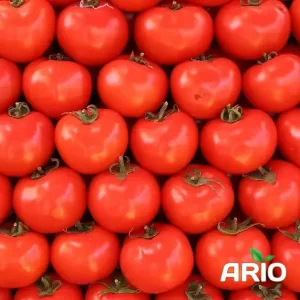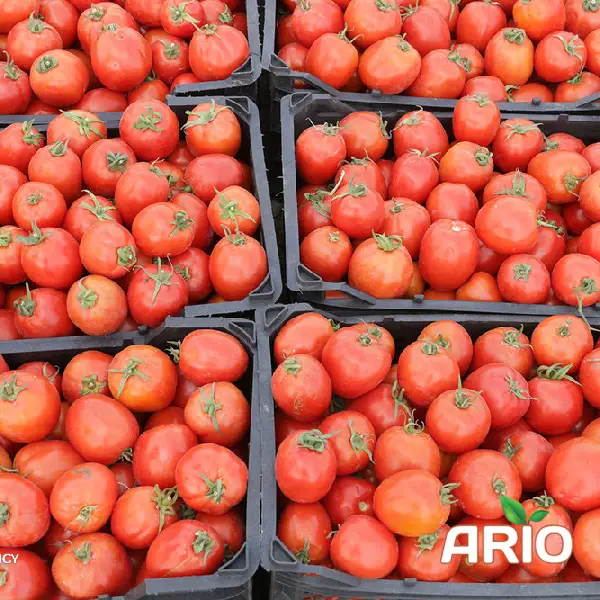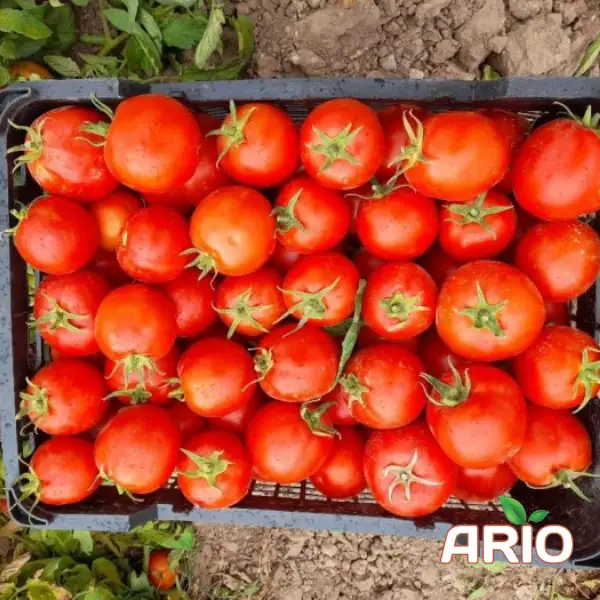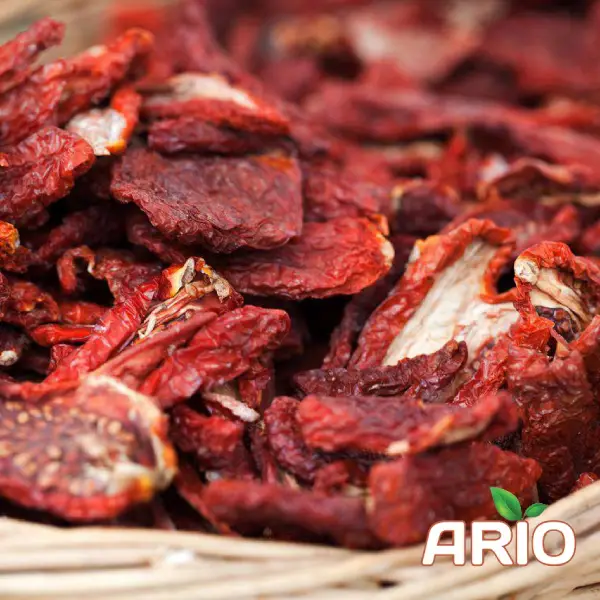
Fresh Tomato
Fresh tomatoes are not just a kitchen staple; they are a strategic commodity in the global agricultural trade. For businesses involved in importing or exporting bulk produce, understanding the fresh tomato market is crucial for navigating sourcing decisions, pricing dynamics, and trade compliance. This guide walks through everything professionals need to know to make informed, cost-efficient, and compliant decisions when trading fresh tomatoes internationally.
Understanding the Global Fresh Tomato Market
The global fresh tomato market is driven by year-round demand and is influenced by climate conditions, trade regulations, and consumer preferences. The worldwide production of tomatoes surpassed 189 million tons in 2024, with major contributors including China, India, the United States, and Turkey. However, for the export market, countries like Mexico, the Netherlands, Spain, Morocco, and France dominate, thanks to their proximity to key consumer markets and robust supply chain infrastructure.
High consumption rates in the European Union and the Middle East continue to push demand, while trade partnerships and seasonal surpluses encourage cross-border movement of tomatoes. Sourcing from these exporters allows importers to take advantage of economies of scale, but choosing the right supplier requires evaluating more than just price.
Major Exporting Countries and Market Comparisons
1. Mexico
Mexico remains the leading exporter of fresh tomatoes to the United States, offering consistent volumes and competitive pricing. However, importers must stay updated on tariff policies and antidumping duties, which can shift quickly due to political tensions.
2. Netherlands
With its technologically advanced greenhouse systems, the Netherlands delivers high-quality tomatoes year-round. Its strategic location and efficient logistics make it a strong partner for European buyers.

3. Spain
Spain offers a diverse variety of tomatoes, including vine-ripened and plum types. The country benefits from favorable climates and modern agricultural practices that ensure product consistency and reduced pesticide use.
4. Morocco
Morocco has rapidly increased its export volume in recent years, offering cost-effective options for European and Middle Eastern markets. Certifications and adherence to EU food safety norms are now widely adopted by Moroccan exporters.
5. France
While not the largest exporter, France is known for its premium-grade tomatoes and high food safety standards, often preferred by gourmet and health-conscious markets.
Key Regulations for Tomato Imports and Exports
Navigating international trade in fresh tomatoes involves adhering to various regulations that differ by region. These may include:
- Tariff schedules and import duties that impact overall landed costs.
- Sanitary and phytosanitary requirements, particularly for the EU and Gulf countries.
- Packaging and labeling standards that meet both commercial and regulatory expectations.
Staying compliant not only ensures legal trade but also builds trust with clients and partners.
Quality and Food Safety Standards to Consider
Importers and exporters must prioritize quality assurance. International certifications such as GLOBALG.A.P. and GRASP are often required, especially when targeting premium retailers or health-conscious consumer segments.

These certifications confirm that the produce is:
- Grown under safe, traceable, and sustainable conditions.
- Free from excessive pesticide residues.
- Handled using hygienic post-harvest processes.
Regular inspections and random sampling during shipment help maintain consistent quality and reduce product rejections at destination ports.
Logistics and Cold Chain Essentials
Transporting fresh tomatoes involves minimizing spoilage and preserving freshness. Key considerations include:
1. Cold Chain Management
Tomatoes must be kept within a controlled temperature range, typically between 12–15°C, from harvest through to delivery. Failure in cold chain integrity can result in quality degradation and loss.
2. Transit Time Optimization
Shorter transit times mean fresher arrivals. Air freight offers speed but is costly. Sea freight is more economical but requires advanced cooling technologies.
3. Packaging Solutions
Proper ventilation, moisture-resistant cartons, and stackable crates are crucial for minimizing damage during transit. Exporters often use modified atmosphere packaging (MAP) to prolong shelf life.
Market Trends and Trade Opportunities
The global tomato trade is evolving. Demand is rising for organic and heirloom varieties, especially in Europe. Exporters who invest in sustainable practices and advanced growing technologies are gaining a competitive edge.
The integration of digital platforms for supply chain tracking is becoming standard. It improves transparency, builds buyer confidence, and reduces transaction disputes.
Exploring the Value of Dried Tomatoes
While fresh tomatoes dominate the global trade, dried tomatoes are gaining popularity as a high-value, long-shelf-life alternative. Their concentrated flavor and extended usability make them ideal for food manufacturers, restaurants, and retailers looking to reduce waste and ensure year-round availability. Dried tomatoes are especially attractive in markets with limited cold chain infrastructure or seasonal access to fresh produce.
👉 Learn more about dried tomatoes and how to trade them efficiently.

Frequently Asked Questions About Fresh Tomato Trade
Mexico, the Netherlands, Spain, Morocco, and France are the leading exporters globally.
You’ll need to identify reliable suppliers, ensure quality certifications, handle import permits, and arrange logistics with cold chain infrastructure.
GLOBALG.A.P., GRASP, and food safety certifications are commonly required by importing countries.
Tariffs can significantly raise the final cost. Monitoring trade agreements and duties is essential for accurate pricing.
Sea freight is cost-effective for bulk, but air freight is used when speed and shelf life are priorities.




